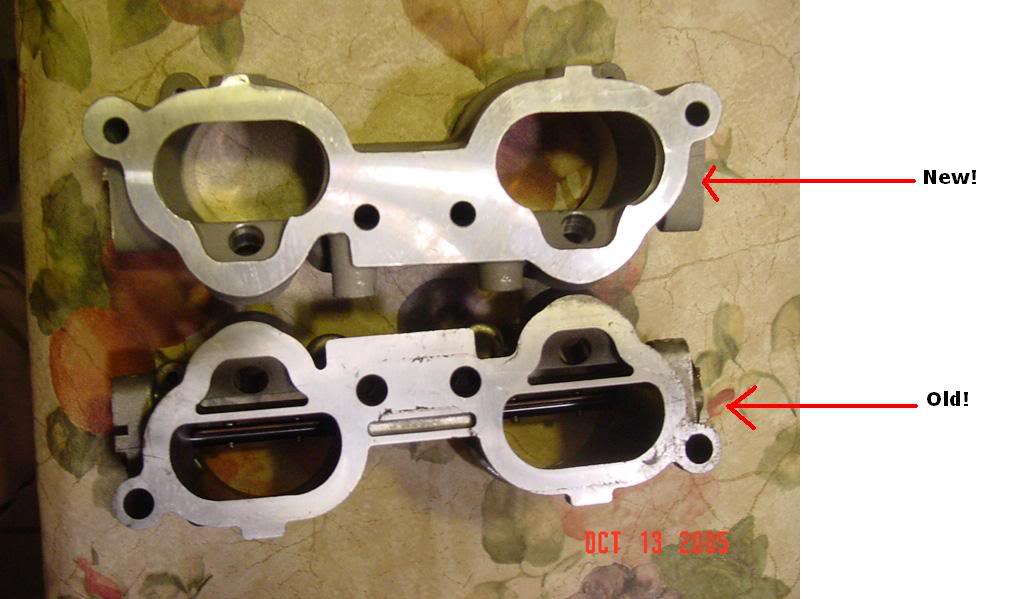TGV Delete on WRX/STi’s:
The primary purpose of a TGV delete is to remove the divider bar and butterfly valve inside the TGV assembly to improve airflow to your engine.

HP gain is 12 HP. This figure is highly debated as different manufacturers use different dynos with different cars with different levels of mods.
What is the purpose of TGV Deletes? The are meant to reduce cold idle emissions. Nothing more, nothing less. Once your vehicle is warm, the butterfly valves open fully and remain that way.
Which manufacturer is best? This topic is highly debated with no real winner in terms of performance. There are several companies that offer the TGV delete service as well as purpose built units or Japanese models which are, in essence, hollow units.
Japanese model, what is that? TGV internal assemblies are only used for cold start emissions on US cars. Hence, the Japanese TGVs do not have the divider plate or butterfly valves. Some models are one piece intake manifolds with longer runners that make up the TGV portion and other models are just like their US cousins with no internal plates or butterfly assemblies. Neither units have the associated TGV external motor controllers as well.
Which TGV Delete has the best gains? There is no irrefutable evidence that any TGV Delete option has better gains than another. The consensus, if there is one, is they are all within 5HP or less, gain wise, of each other.
Do TGV Deletes cause a CEL? Yes. By removing the TGV motors, it will throw quite a few CELs. The bad news with this, is the TGV CELs will throw your car into limp mode, meaning unlike some other CELs that you can still drive around with and have no fear, the TGV codes limit boost/RPM operation meaning they must be taken care of in order to drive your car for any reasonable distance.
How do I fix the TGV CEL? You have three methods:
1. Normally, you remove the TGV motors and the rod that holds the butterfly valves in place. You could leave the rod in place (sans butterfly valves) and reinstall the TGV motors. This would allow them to actuate normally making the system think everything is working correctly.
2. APS makes a block that you attach the TGV motors to, this allows them to actuate normally making the system think everything is working correctly. These are not sold separately though, but can occasionally be purchased in the Private For Sale Forum or on eBay.
3. Various engine management systems can remove the associated CELs.
Do I need to perform the CEL fix? Yes. The TGV CEL codes will throw your car into limp mode. This will limit boost/RPM seen by your vehicle. It will still drive, but it should only be driven a short distance with the TGV CEL. Meaning you can drive it across town or a few short trips, but by no means should you drive it as a daily driven car for weeks on end until you get the proper fix.











